That Used Tea Bag is Gold: My Favorite Ways to Reuse Them (For Real)
I’ve spent a good chunk of my life with my hands in the dirt, learning from plants and figuring out how nature does things best. And if there’s one thing I’ve learned, it’s that we throw away a lot of useful stuff. The humble tea bag is a perfect example. Most of us finish our cup and toss the bag in the trash without a second thought. But for me, that little bag is just getting started.
Honestly, it’s packed with potential for your garden, your houseplants, and even a few surprising jobs around the house. This isn’t about chasing trendy life hacks; it’s about simple, old-school resourcefulness that just makes sense. Through a lot of trial and error, I’ve figured out what really works. So, let’s get into it.
First Things First: How to Collect Your Tea Bags
Before we even get to the fun stuff, let’s talk logistics. If you just toss wet tea bags into a container on your counter, you’re going to have a smelly, moldy mess in a couple of days. Nobody wants that.
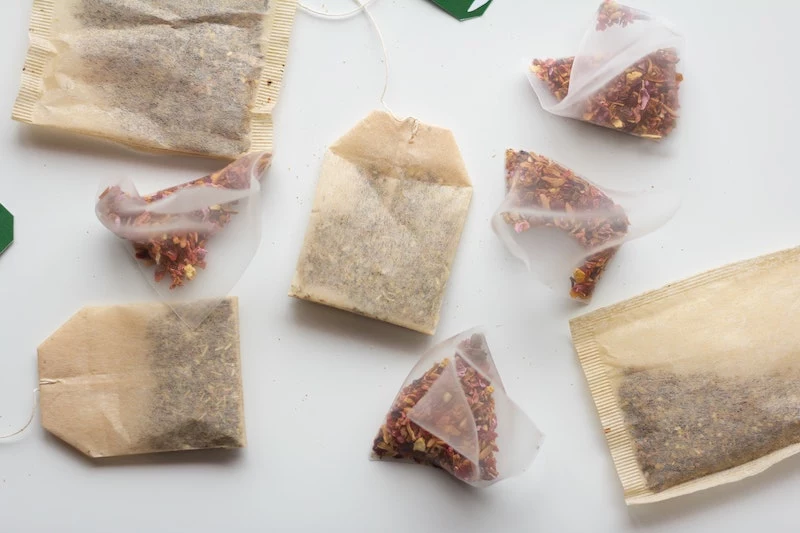
Here’s the trick: Keep a small bowl or a saucer next to your kettle. After you’ve steeped your tea, squeeze out the excess water and just drop the bag into the bowl to air dry. It only takes a day or so. Once it’s dry, you can toss it into a larger jar or container for long-term collection. You’ve just beaten the mold problem. Easy, right?
You might be wondering if it’s even worth the effort if you only drink a few cups of tea a week. I say yes! Even three or four bags a week adds up to over a dozen a month. That’s a nice little handful of organic matter that would have otherwise ended up in a landfill.
Heads Up! Not All Tea Bags Are Created Equal
This is probably the most critical piece of advice I can give you, especially if you plan on putting these in your garden. I learned this the hard way when I found tiny, stringy plastic bits in my beautiful finished compost. The culprit? Tea bags sealed with plastic.
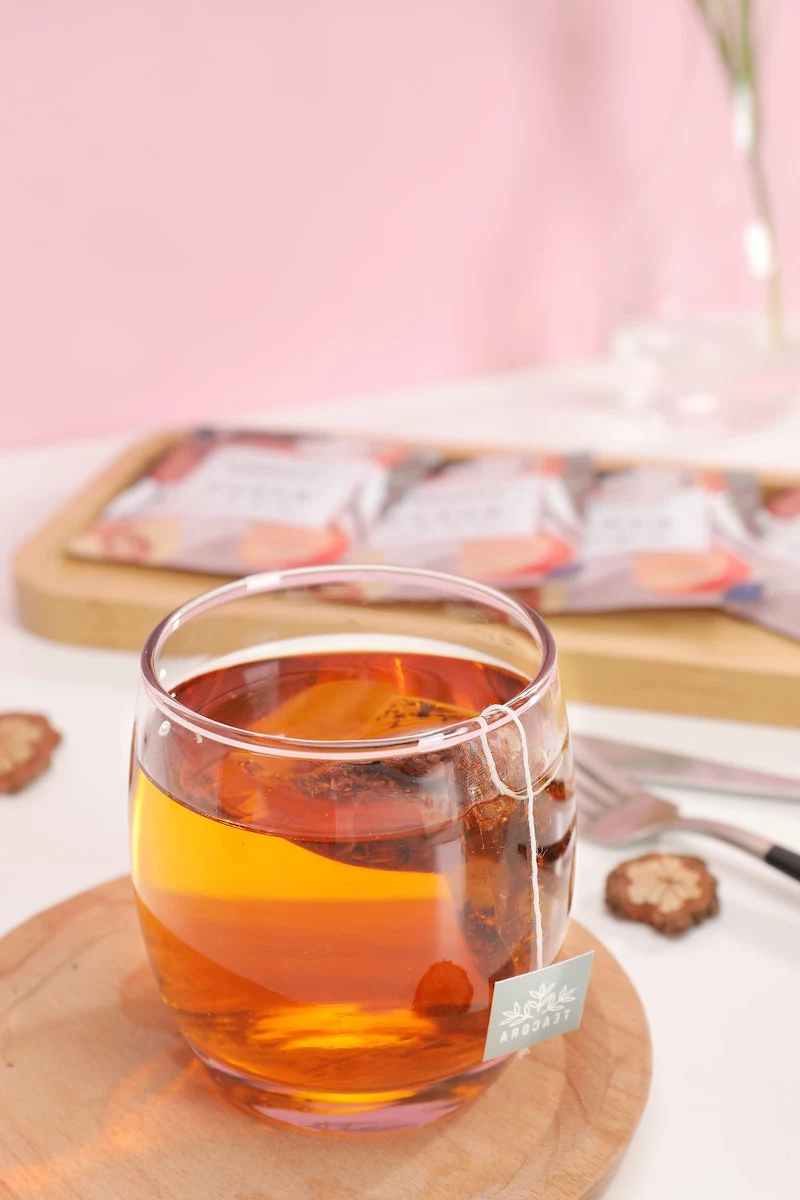
So, you need to know what you’re working with. Generally, they fall into a few categories:
- The Classic Paper Bag: These are the old-school ones, usually made of paper fiber with a string and a staple. These are great for composting, but you absolutely have to pull that little metal staple off first. It won’t break down and is just a pain to find in your soil later.
- The Heat-Sealed Bag: A lot of popular brands, especially the round ones without a string, are sealed with heat using a type of plastic called polypropylene. The paper and tea will decompose, but the plastic
Inspirational Gallery

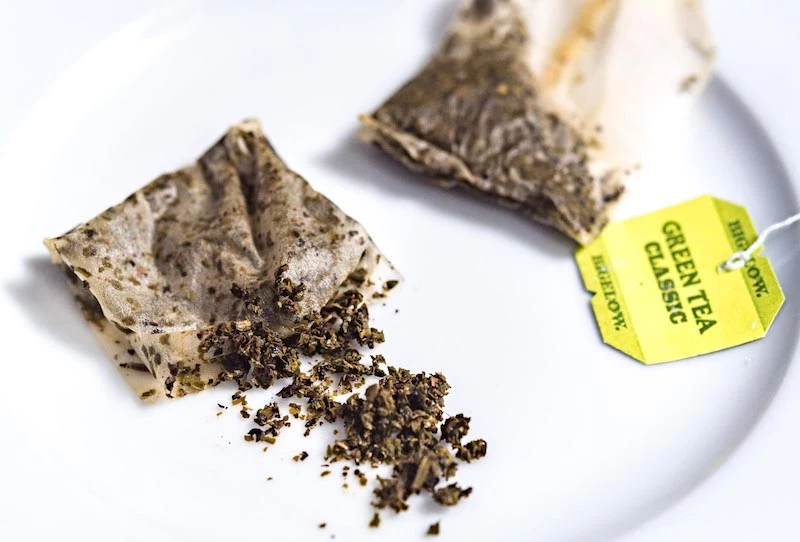
Want to give your acid-loving plants a little treat?
Houseplants like ferns, calatheas, and hydrangeas thrive in slightly acidic soil. A weekly watering with weakly re-brewed tea from your used bags can help maintain this ideal pH level. Just let a few used bags steep in your watering can overnight. It’s a gentle, natural way to mimic the nutrient-rich floor of their native forests.
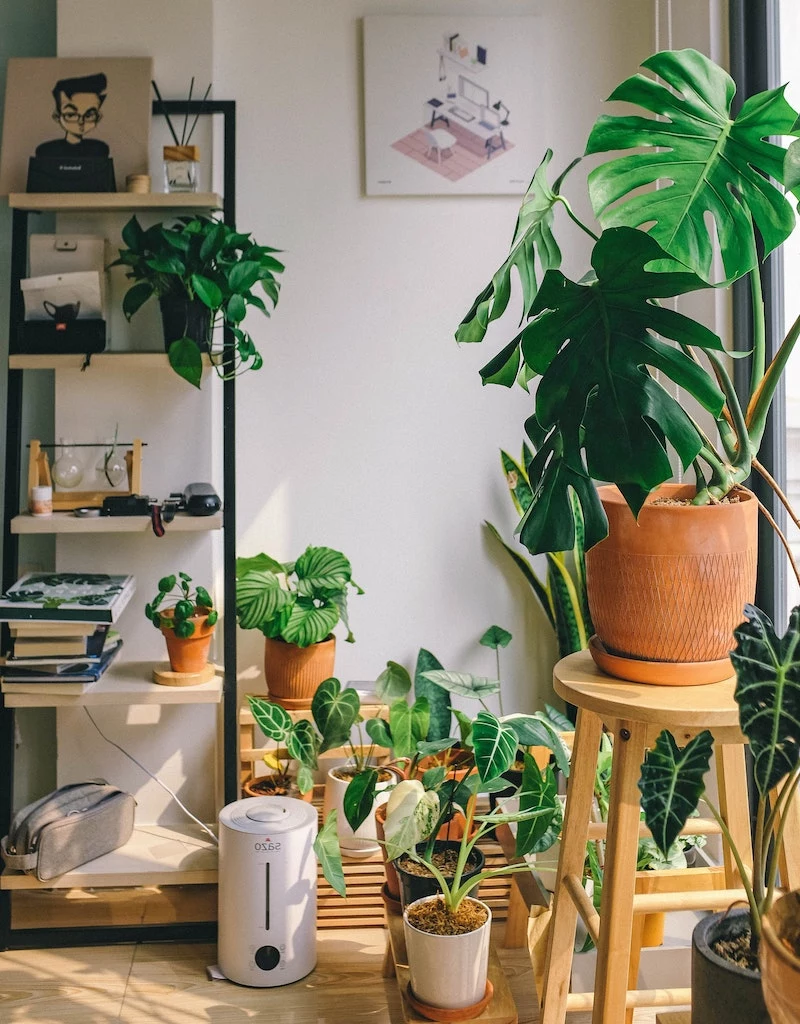
A single plastic-based tea bag can release approximately 11.6 billion microplastics and 3.1 billion nanoplastics into a single cup, according to a 2019 study by McGill University.
This is a powerful reason to choose your tea bags wisely. Opting for brands that use fully biodegradable, paper-based bags like those from Pukka Herbs or Traditional Medicinals isn’t just better for your garden compost—it’s better for you, too.
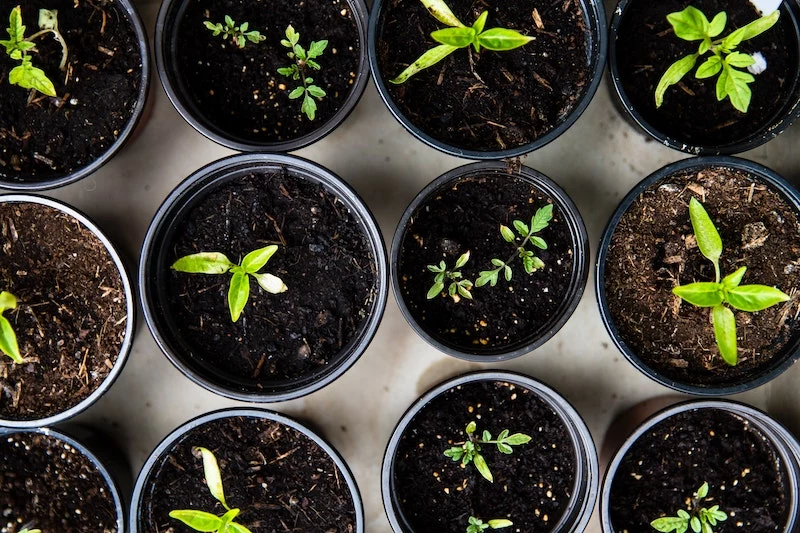
- Neutralizes pungent food odors on your hands.
- Soothes the sting from a minor kitchen burn.
- Helps relieve the itch of a mosquito bite.
The secret? The humble used tea bag. Keep a damp, cool one in a small dish by the sink. After chopping garlic, just rub the bag over your fingers. Its natural compounds work wonders.
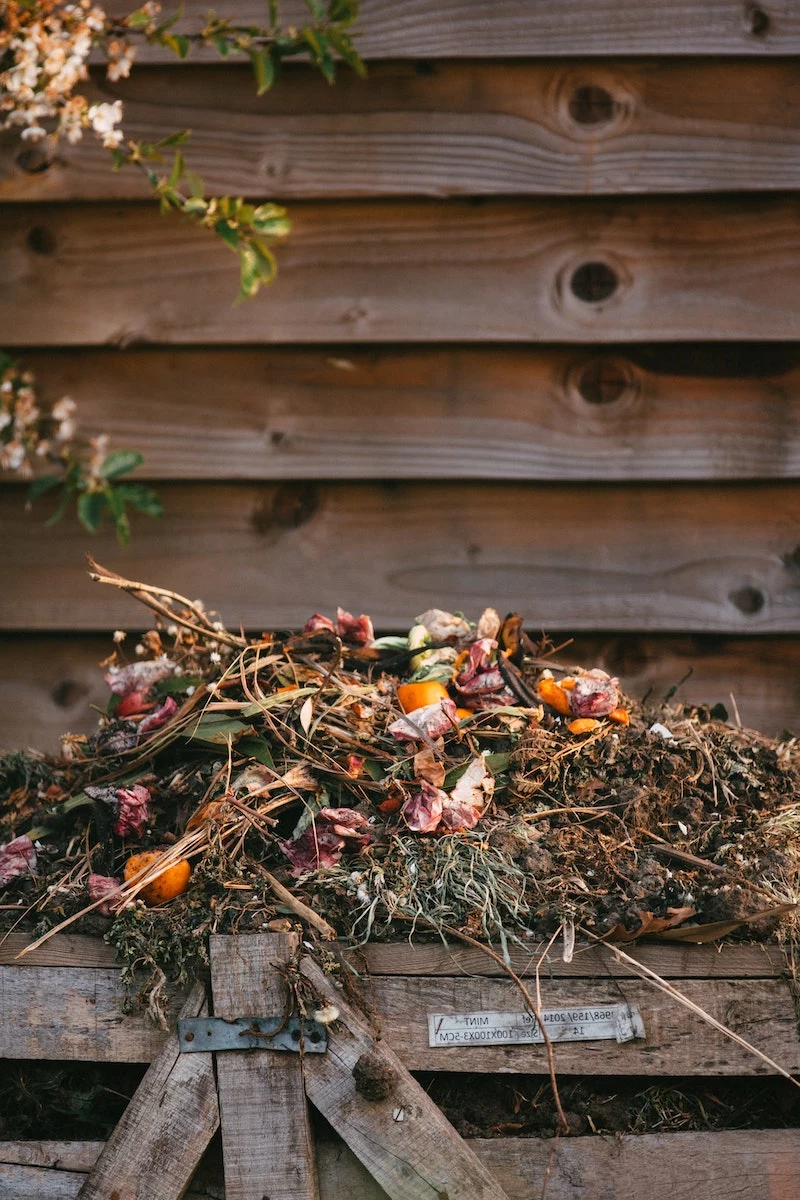
For a rich, vintage look on paper crafts: Don’t throw away that dark black tea bag. Re-wet it and use it as a natural paint brush to ‘age’ paper for labels, cards, or even kids’ treasure maps. The tannins create an authentic-looking sepia tone that commercial products struggle to replicate.

Important: Not all teas are created equal for your garden. While most plain black, green, or herbal teas are fantastic, avoid using any bags from teas that were sweetened or had milk added. The sugar and dairy residues can attract pests like ants and fungus gnats, and can promote harmful mold growth in your soil.
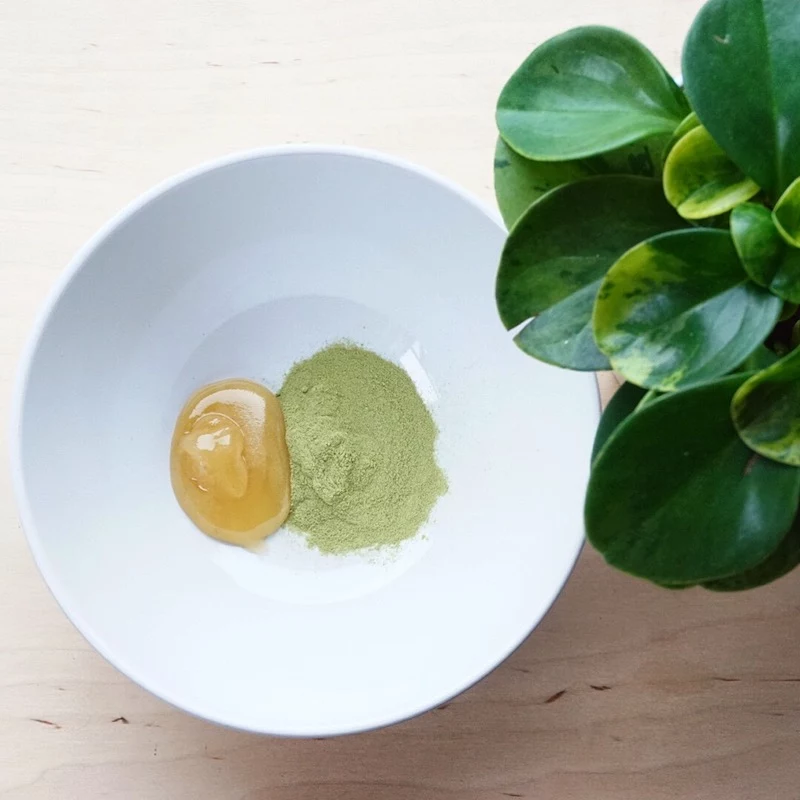
A luxurious foot soak doesn’t need to be expensive. Toss five or six used peppermint or black tea bags into a basin of warm water. The peppermint has a cooling effect on tired feet, while the tannins in black tea help to neutralize odors and soften calluses. It’s a perfect end-of-day ritual.
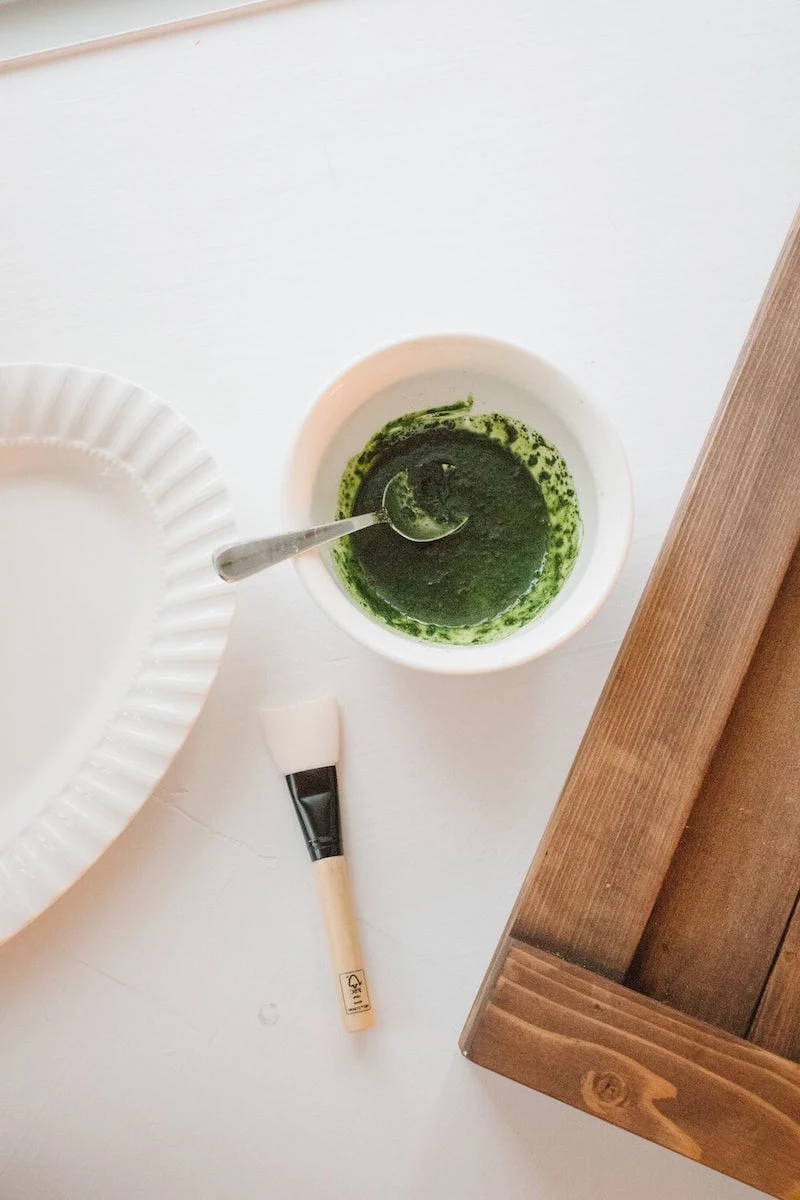
Black Tea Rinse: Great for adding shine and depth to dark hair. The tannins can help fortify strands.
Chamomile Tea Rinse: Often used to bring out natural highlights in blonde or light brown hair.
To make a simple hair rinse, steep 3-4 used bags in two cups of hot water for an hour. Once cooled, pour it over your hair after shampooing as a final rinse.
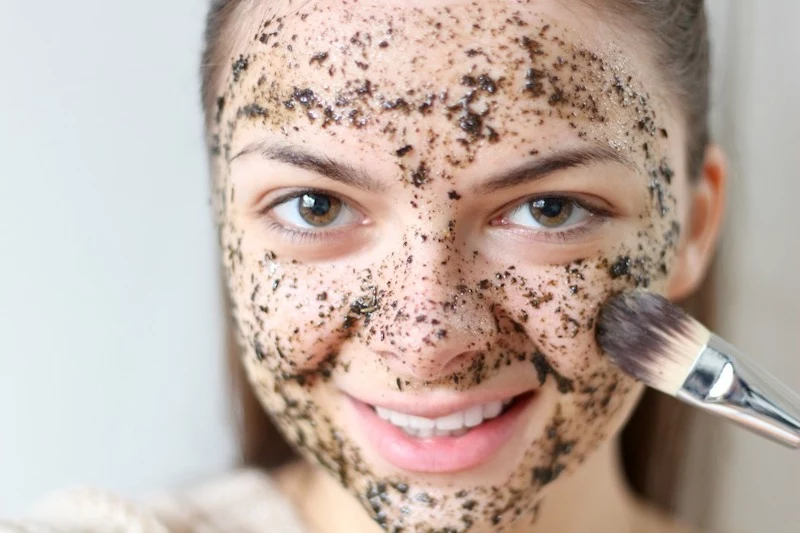
That greasy film on mirrors or windows? The tannic acid in tea is a surprisingly effective degreaser. Wipe the surface with a damp, used tea bag (make sure it’s cooled!), then buff dry with a clean, lint-free cloth for a streak-free shine. It works especially well on bathroom mirror splatters.
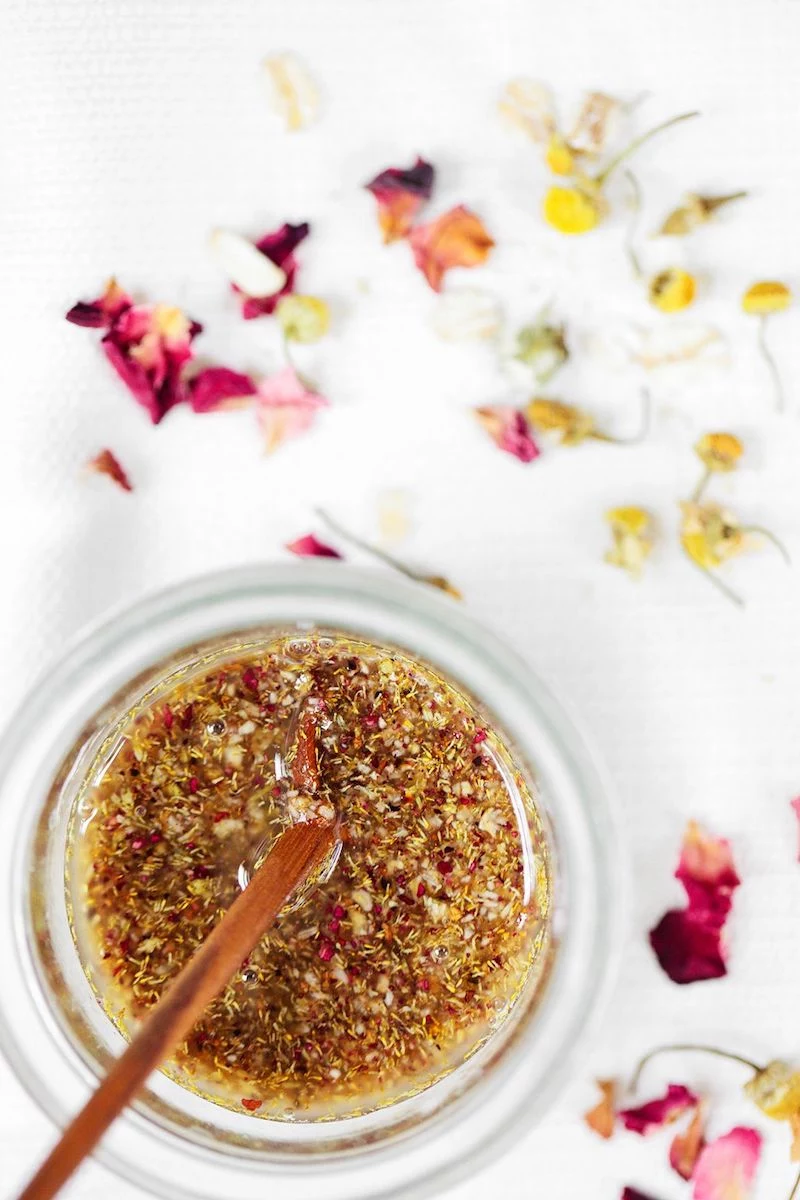
In the 19th century, before vacuum cleaners, homemakers would often sprinkle damp, used tea leaves over their rugs. As they swept, the leaves would trap dust and fine dirt, preventing it from flying into the air and leaving behind a fresh, clean scent.

- Place a dry, used tea bag in the bottom of your kitchen trash can.
- Tuck one into a smelly gym shoe or work boot.
- Hide one in the back of the refrigerator to absorb strong odors.
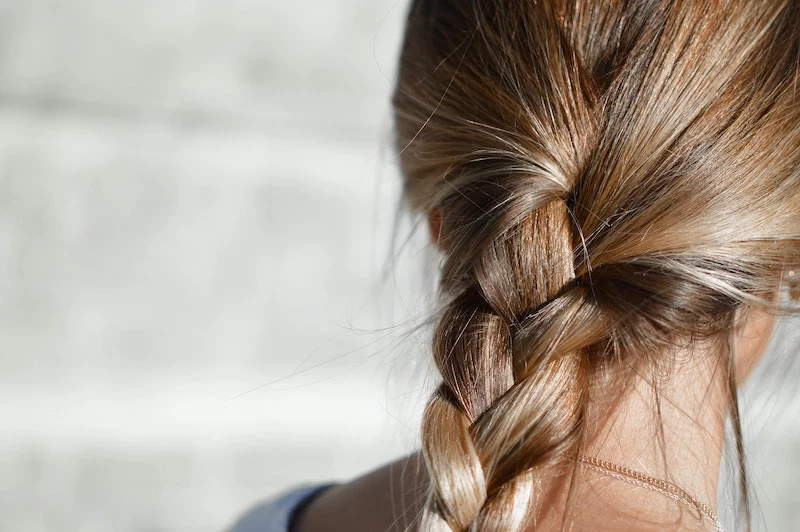
Before you toss a bag into your compost or garden, give the top a quick pinch. Many traditional bag designs, like some from Tetley or Lipton, use a tiny metal staple to attach the string. While a few won’t ruin your soil, they’re best removed to keep your compost purely organic.

Give your seedlings a head start. When you’re potting up seeds, place a used, unfolded tea bag at the bottom of the pot before adding soil. It serves two purposes:
- It provides a small, slow-release dose of nutrients right at the root zone.
- It helps retain moisture, preventing the delicate new roots from drying out.
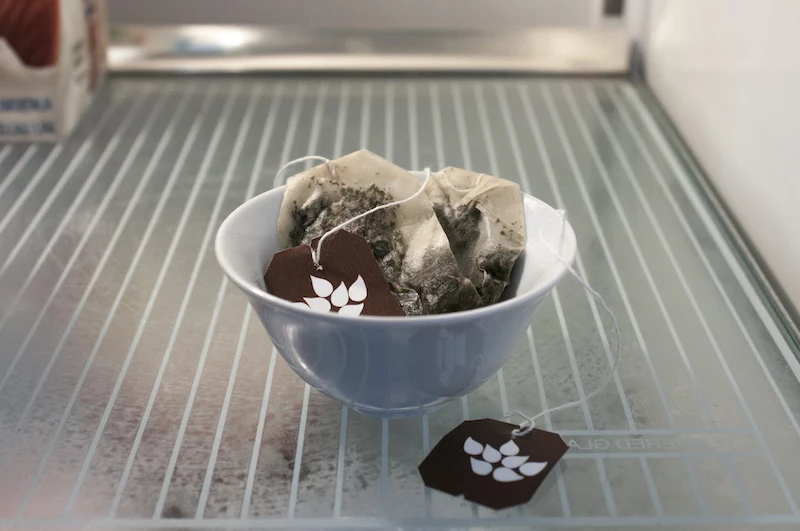
Can I use my fruity or spicy tea bags in the garden?
It’s generally best to stick to plain, unflavored teas. While a bag of chamomile or rooibos is great, teas with strong artificial flavorings, citrus peels, or spices like cinnamon can sometimes disrupt the soil’s delicate ecosystem or attract unwanted insects and rodents to your garden bed.
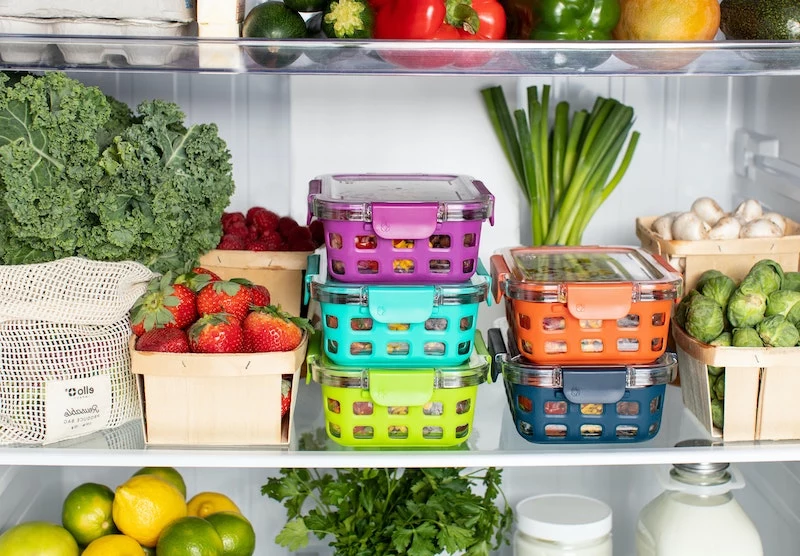
A Gardener’s ‘Hydration Pack’: For potted plants that are particularly thirsty, like Boston ferns or peace lilies, burying a few used tea bags an inch or two under the soil surface can work wonders. The bags act like tiny sponges, absorbing water and releasing it slowly, which helps to keep the soil evenly moist between waterings.

Did you know that tea leaves contain about 4% nitrogen, along with other nutrients like phosphorus and potassium? That’s a similar nitrogen content to some commercial liquid plant foods.
When you add a used tea bag to your compost, you’re not just adding bulk; you’re adding a valuable ‘green’ material that helps to fuel the decomposition process and create nutrient-rich soil for your garden.
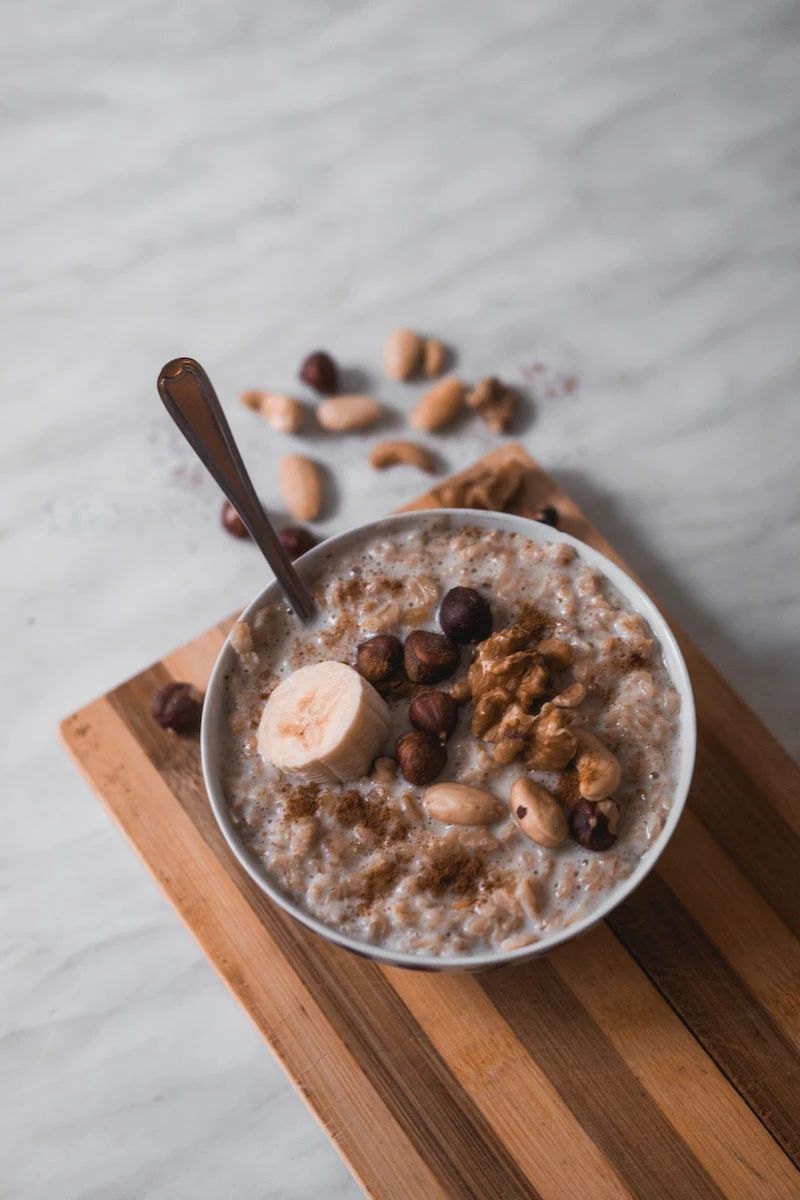
Don’t underestimate the power of herbal infusions. A few used peppermint tea bags tucked into the corners of your cupboards or near doorways can be a surprisingly effective deterrent for spiders and mice, who dislike the strong scent. It’s a natural, chemical-free pest control method.

Loose-Leaf Tea: Generates zero bag waste but requires an infuser. The leaves can be composted directly.
Compostable Tea Bags: Brands like Numi Organic Tea or Arbor Teas offer bags made from materials like hemp or cornstarch that break down completely.
Both are excellent choices for reducing landfill waste. The best option depends on your preference for convenience versus a completely packaging-free approach.
If you’ve handled something with a strong odor like fish or garlic, simply take a wet, used tea bag and rub it over your hands like a bar of soap before washing. The tea leaves absorb and neutralize the sulfur compounds that cause the lingering smell.










